Cooking is an art, a science, and an essential survival skill. But every now and then, the kitchen reminds us that it can also be a hotbed of danger — particularly where grease fires are concerned. With their unpredictable flaring and propensity for spreading, it’s important to know how to tackle these blazes without escalating the danger. For home chefs, a basic understanding of grease fires can be the difference between a small, manageable situation and a full-on kitchen catastrophe.
In this comprehensive guide, we’ll walk you through the science of grease fires, common misconceptions, and the right way to safely extinguish them. Whether you’re a culinary beginner, a kitchen safety enthusiast, or a seasoned at-home cook, this knowledge is indispensable. Let’s dive in, fork first.
Understanding the Grease Fire
Before we jump to the solutions, let’s lay the groundwork. What is a grease fire, and why is it so dangerous?
What Causes a Grease Fire?
When oil in a pan on the stovetop or in the oven gets too hot, it can reach its “flashpoint.” This is the temperature at which the oil vaporizes and can catch fire if exposed to an open flame or heat source. Unlike conventional fires, grease fires feed off of oil; therefore, traditional fire extinguishing methods might not be effective.
Why Are They So Dangerous?

Grease fires are dangerous for several reasons. They can escalate quickly, as the oil, once ignited, can reach a very high temperature and spread fire rapidly. Water should never be used because it causes the flaming oil to splatter, spreading the fire and potentially causing severe burns to anyone in proximity.
Misinformation about grease fires is abundant. Here are the tactics that you shouldn’t use to put out a grease fire:
- Water: Will cause oil to splatter and spread the fire.
- Flour or Sugar: Both could explode and lead to further ignition.
- Blowing on the Fire: Can cause it to spread or flare up unpredictably.
The Correct Steps to Extinguish a Grease Fire
Step 1: Remove the Heat Source
The very first step to putting out a grease fire is to remove the heat source. Do not attempt to move the pan — this might also cause the oil to splash. Instead, turn off the burner, but do not step away; the fire may seem to have died down, but the oil can still be very hot and reignite.
Step 2: Cover the Flames
The next step is to smother the fire. The most effective way is to use a metal lid or cookie sheet; slide it over the pan to cut off the oxygen supply to the flames. Do not use glass lids or any lids that aren’t completely flat since they can shatter under the temperature stress. If you can’t access a lid quickly, a wet cloth (not wet enough to drip water into the pan) can also be used.
Pro tip: Keep a pan lid or a cookie sheet nearby when you’re cooking, especially if you’re working with oil.
Step 3: Use Baking Soda or Salt
If you don’t have a lid handy, or if the fire has grown beyond the pan, baking soda or salt can be effective. These materials suffocate the fire by smothering it. Always remember to ‘pour’ from a distance to avoid getting too close to the flames. An alternative is to use a Class K fire extinguisher, which is specifically designed for kitchen fires and can be more effective than a conventional extinguisher.
Pro tip: Store a box of baking soda near your stovetop in case of emergencies.
Preventing Grease Fires Before They Start
Prevention is always better than cure, particularly with kitchen fires. Several precautions can help prevent a grease fire from happening in the first place.
Temperature Control
Monitor the heat of cooking oil with a temperature-safe thermometer. Never let it reach its smoking point, which is a sure sign it is close to — or at — the flashpoint.
Be Present and Prepared
Never leave oil unattended on the stove, and always have a well-thought-out escape plan in case a fire breaks out and becomes uncontrollable.
Keep the Kitchen Clear of Flammables
Ensure that your cooking area is free of dish towels, paper towels, and any other items that can easily catch fire and that can’t withstand high temperatures.
What to Do When a Grease Fire Spirals
If a grease fire grows beyond what you can manage with a lid, cloth, or baking soda, do not attempt to be a hero. The very next step is to evacuate and call the fire department immediately. Alert everyone in the house, leave the door closed if possible to contain the fire, and use a fire extinguisher from a safe distance, if one is available.
After the Fire is Out
Once the flames are extinguished, it is necessary to stay cautious. Even if the fire looks like it’s out, the pan and its contents can remain incredibly hot and potentially reignite it. Always verify that the heat source is off, and the area is safe, and then allow things to cool down gradually on their own. Post-fire, the area should be thoroughly checked to avoid any rekindling of the blaze.
Kitchen Fire Safety Recap
Here are the main points you need to remember:
- Understand the Nature of Grease Fires: Knowing their behavior and potential, you’re better prepared to handle them safely.
- Prevention is Key: Maintain your awareness and diligence, and you’ll greatly reduce the risk.
- Quick and Smart Action: Have tools and tactics ready to rapidly address grease fires if they occur, and know when to back off and call for help.
- Stay Safe After the Fire: Always assume things are still hot and act accordingly. Verify that the fire is completely out and the area is safe before attempting to clean up or resume normal kitchen activities.
How to Put Out a Grease Fire on a Grill
Extinguishing a grease fire on a grill follows protocols similar to those you would use in an indoor kitchen, with some specific considerations due to the grill’s design and the outdoor setting.
Remove the Fuel Source
Immediately turn off the gas valve or remove the burning charcoal from the grill to stop feeding the fire. For a gas grill, turn off the burners and the fuel supply. For a charcoal grill, close the lid — if safe to do so — to cut off the oxygen supply.
Smother the Fire
If the fire is contained within the grill, close the grill lid and the vents to deprive the fire of oxygen. Use a metal sheet or baking tray if a lid is not available. Never try to extinguish grease fires with water, as this will cause the flames to flare up and potentially spread.
Use the Appropriate Fire Extinguisher
Keeping a Class B or Class K fire extinguisher nearby when grilling can be a lifesaver because it is suitable for flammable liquid fires, including grease. Use the extinguisher according to manufacturer instructions, aiming at the base of the flame.
Safety Measures
Always keep a safe distance, use long-handled tongs and wear heat-resistant gloves when attempting to smother a grease fire on a grill. If the fire grows out of control, evacuate the area and call the emergency services immediately.
Once the fire is out and the grill has cooled, clean out the grease trap and any residue to prevent future flare-ups. Regular grill maintenance and grease removal are key to preventing grease fires.
What are the two common kitchen ingredients that can be used to put out a top range grease fire
The two common kitchen ingredients that can be used to put out a top range grease fire are baking soda and salt. These substances are effective at smothering the fire by cutting off the oxygen supply. It’s important to note that other cooking powders like flour or baking powder should not be used, as they can be combustible and exacerbate the fire.
The Dangers of Using Water on Grease Fires
Water should never be used to extinguish a grease fire because it can exacerbate the situation causing greater danger. The primary reason lies in the fundamental difference in density between oil and water; oil is less dense and sits on top of water. When water is added to a grease fire, it sinks below the oil and then rapidly transforms into steam due to the intense heat. This sudden conversion to steam causes an explosive effect that propels the burning oil upwards and outwards, spreading the fire even further. Another hazardous factor is that water can carry burning grease particles with it, effectively extending the fire’s reach. This reaction is swift and violent, leading to greater risk of property damage and serious injury. Therefore, it’s crucial to remember that water and grease fires are a perilous mix.
Substances to Avoid in Grease Fires
When dealing with a grease fire, certain substances can dramatically worsen the situation. You should never use these on a grease fire:
- Water: As highlighted earlier, water can cause the grease to splatter and extend the fire.
- Flour or Sugar: These combustible powders can actually explode when tossed onto a grease fire.
- Baking Powder: Often confused with baking soda, it’s not a safe alternative and can ignite.
- Any Type of Liquid: Besides water, any other liquid can react unpredictably and should be avoided.
- Frozen Items: Frozen foods or ice can splatter the grease when introduced to the high heat.
The safest ways to extinguish a grease fire involve cutting off its oxygen supply, using baking soda or salt for smaller fires, or applying a Class K fire extinguisher. Above all, safety comes first; if the fire becomes unmanageable, evacuate immediately and contact emergency services.
Why Proper Knowledge is Crucial
A fire in the kitchen can be a terrifying experience, but knowing what to do can make all the difference. In the case of a grease fire, a few simple steps can prevent panic and injury. This post has laid out those steps clearly and concisely, equipping you with the knowledge to handle kitchen fires safely and effectively.
Understanding grease fires is not about expecting the worst; it’s about being prepared for those rare, but potentially catastrophic, events. By taking the time to absorb this information and share it with others, you’re contributing to a safer kitchen environment for everyone. Remember, the best way to deal with a fire is to never let it happen in the first place, and the second best is to be prepared for it if it does. Stay safe, stay informed, and keep on cooking.

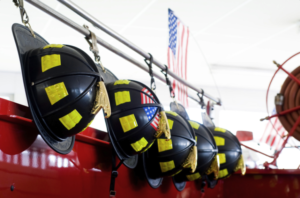
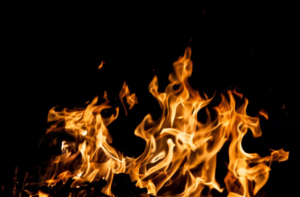

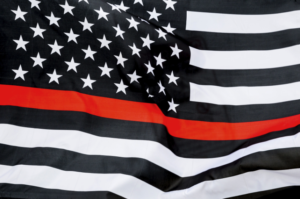

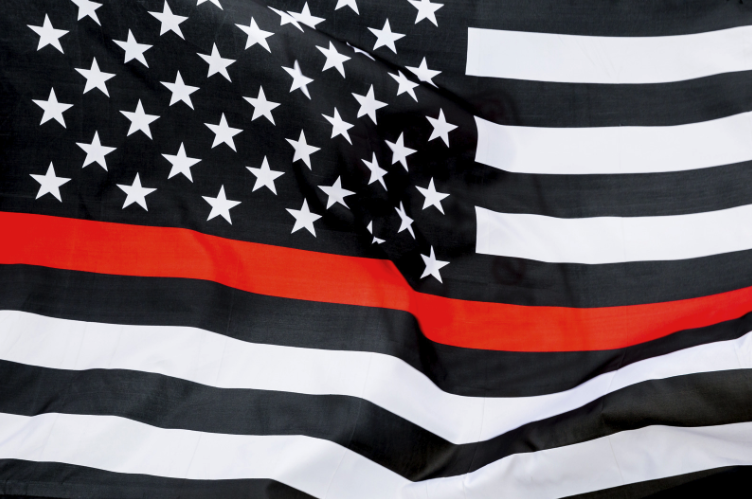
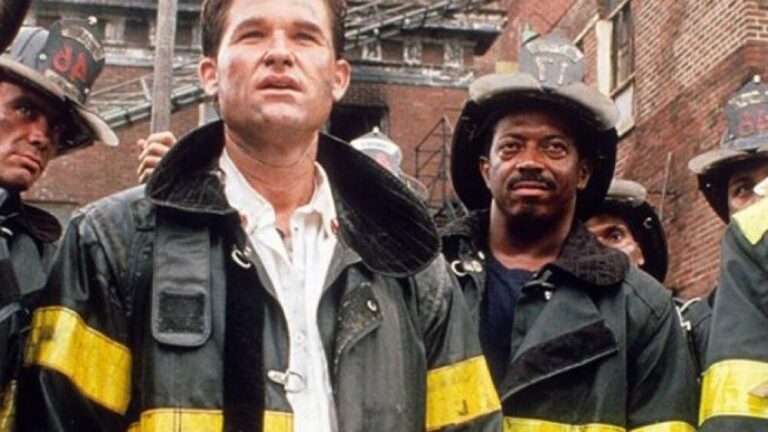

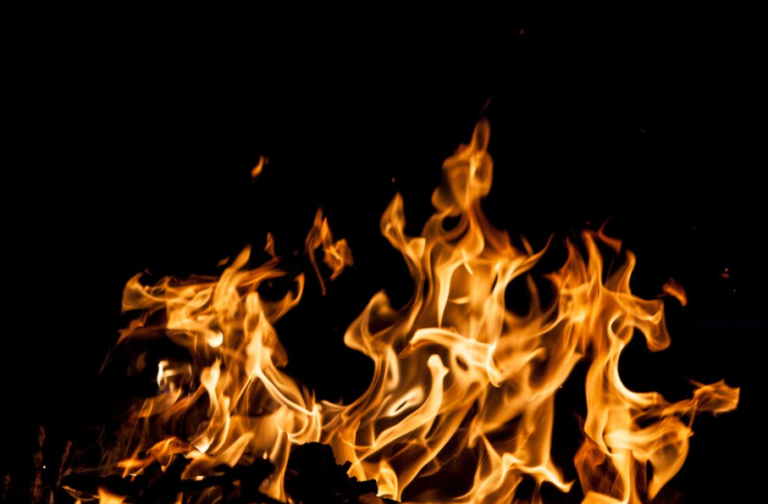
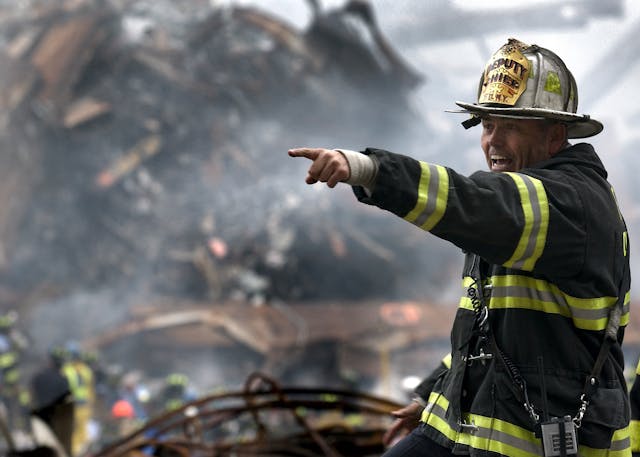
+ There are no comments
Add yours